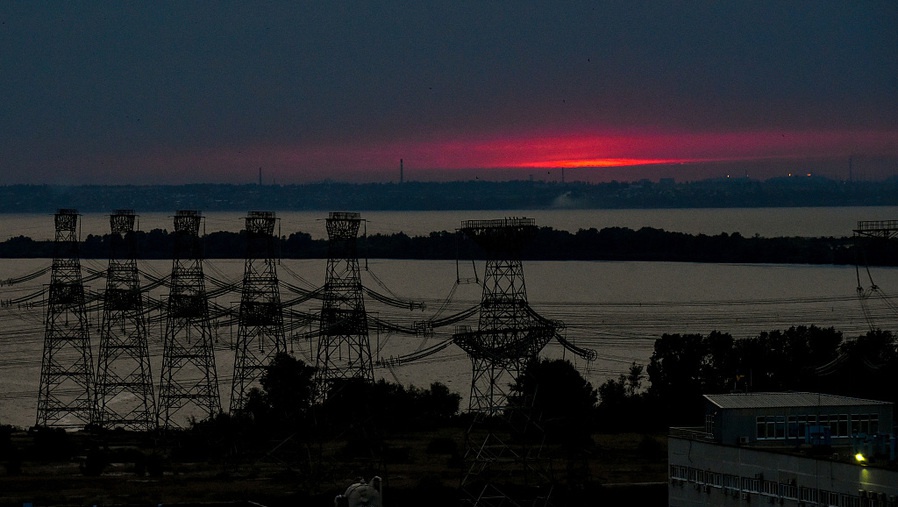The last affected town of the Fukushima nuclear accident was lifted, but only 85 people were ready to return to their hometowns
Author:Pole news Time:2022.08.30
Jimu Journalist Song Qingying
11 years and 5 months after the Fukushima Nuclear accident, on August 30, local time, the Japanese government canceled the evacuation ban in Shuangyecho, Fukushima Prefecture for the first time, allowing residents to return home. Shuangyecho is the only area where all residents are still evacuated among the 11 affected towns. However, according to statistics, there are only 85 residents who plan to return.
In 2011, a magnitude 9 earthquake broke out in Fukushima Prefecture, which triggered a tsunami of 10 meters high, creating the Fukushima first nuclear power plant. The disaster killed 15,000 people, and also caused nuclear leak accidents. The Japanese authorities quickly issued an emergency evacuation order and set up the restricted area.
After the disaster, some government agencies and residents of Shuangyecho were evacuated outside the county, and some residents had settled in refuge.
As of late July, the registered population in the area where they can live in a total of 1,449 households and 3,574 people, equivalent to 64%of the total population of Shuangyecho, but there is actually no residents living.
Shuangyecho is therefore called "Fukushima Ghost City" by the New York Times.

UAV shooting Sungyecho
According to the Kyodo News Agency, the part of the reopening part of the residence is located near Shuangye Station in the northeast of Shuangyecho City, with an area of only 5.55 square kilometers, accounting for 15%of the total area of Shuangye.
This part is classified as "specific transformation and regeneration base (renovation base)". There are many commercial and public facilities, such as the East Japan Earthquake and Nuclear Disaster Memorial.
However, starting from January, there are only 85 residents who have participated in the project returning projects, from 52 families.
Although the goal of Shuangyecho increased its residential population to 2,000 by 2030, a survey of last year found that 60.5%of residents decided not to return, far exceeding 11.3%of the hope to return.
Although the Japanese government said in August last year that it was planned to allow residents to return to the region outside the reconstruction area by the end of 2030, but more than 300 square kilometers in 7 cities in Fukushima Prefecture was designated as difficult areas, and the prospects were unclear.
According to a Japanese government official, considering the time required for infrastructure construction, Su -Machi residents may be returned around 2025 or 2026.
In addition to the re -open areas, the government plans to purify individual locations after confirming that residents intend to return.
But Fukushima Prefecture Yoshika Yoshiko also pointed out: "The steps and scope of purification, and how to treat those who do not want to return, the home and land of those who are unwilling to return, have not yet been formulated."
(Picture source: Kyalthe News Agency)
- END -
International Atomic Energy Agency: Ukraine's largest nuclear power plant has been "out of control"

Ukraine Foreign Minister Kulbaba said that if the nuclear power plant exploded due...
WHO: A total of 585086861 cases in the world's cumulative new crown quilt cases
Xinhua News Agency, Geneva, August 11th (Reporter Liu Qu) The latest data released by the World Health Organization on the 11th shows that a total of 585086861 cases in the world's cumulative new crow...